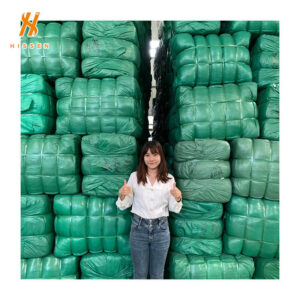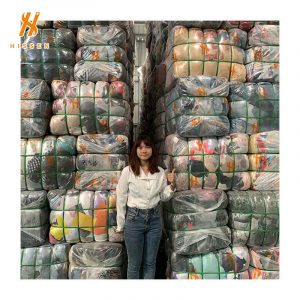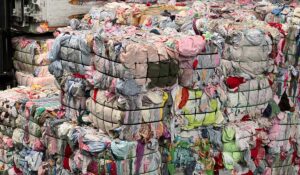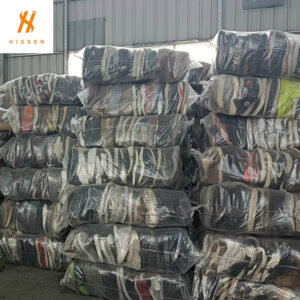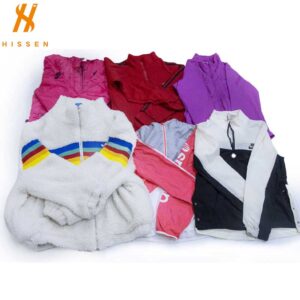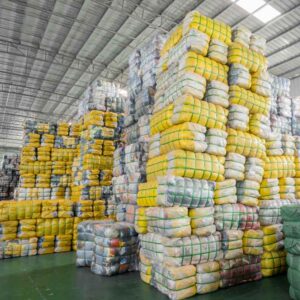Second Hand Clothing and Sustainable Fashion
Throwing away second hand clothing is a waste of energy
Some people do not want to wear second hand clothing on their bodies. Data shows that a large number of textiles are landfilled every year or burned and that 95% of them can be reused, sold as second hand clothing, reprocessed into agricultural shed material or industrial fuel. The production of these garments is resource-intensive, with statistics showing that every 1KG of cotton requires around 20,000 liters of water, which is only the amount of material consumed by a T-shirt and a pair of jeans.
click here to know more
Globally Second Hand Clothing recycling programme
H&M Second Hand Clothing
H&M, the first fashion company to launch a global used clothes recycling programme, has released a report summarising its progress in sustainability over the year. It sets out to further expand its list of factories and set targets for fully renewable electricity use.
Uniqlo Second Hand Clothing
In 2012, Uniqlo Japan was the first to kick off recycling used clothes, but its recycling categories are limited to its brands. In addition, Adidas’ eco-project and ZARA’s eco-stores are among the supporters and respondents of the used clothes recycling movement.
ZARA Second Hand Clothing
For almost 20 years, the fashion cycle has been one season at a time. With ZARA reducing the time from design to shop to two weeks, fast fashion has allowed people to have new and trendy clothes in the shortest possible time and at low prices. But at the same time, aesthetic panic and the rapid obsolescence of products have brought about high consumption of resources and energy.

As a result, consumer demand for ‘sustainable fashion’ has been growing over the last decade. Technology companies and avant-garde fashion designers in Europe and the US have tried their hand at it. The fashion industry has a history of greenwashing, using green as a slogan but making consumers pay for it, linking the environment to fashion, in a sense, perhaps more of a marketing tactic used by fashion brands.
At H&M shops in Shanghai, customers can occasionally be seen packing up their unwanted clothes for recycling, and as a bonus, they receive a voucher. Most choose to spend it on the spot and walk away with a few new pieces of clothing.

These used clothes can come from any brand and are a great way for consumers to free up space in their wardrobes.
The ecological impact of producing new clothes
The charity Earth Pledge
According to the charity Earth Pledge, at least 8,000 chemicals are released into the environment during the transformation of raw materials into the fabric. It is often assumed that natural fibers such as cotton, linen, and silk are more environmentally friendly because their production process does not require the discharge of large amounts of effluent, unlike man-made fibers. Still, the agrochemicals used in the cultivation of cotton are also harmful.

Some even argue harshly that only genetically modified organic cotton, scientifically irrigated by no-till methods, can effectively reduce environmental pollution. Fischer, co-founders of the GAP, have launched the do more than sell clothes initiative to promote the adoption of organic cotton for sustainable agricultural production.
Sustainable fashion requires the development of new materials
The development of new materials is another way of practicing’ sustainable fashion,’ sometimes even beyond the realm of textiles. Last year, the American textile technology company Bionic Yarn collaborated with the Dutch denim brand G-star on a collection made from 700,000 plastic waste bottles from the waters of Indonesia. Workers cleaned the bottles from the sea and sorted them by material and color. The bottles are then ground into machines and melted at high temperatures before being cooled, stretched, and shaped into fibers suitable for making yarn.
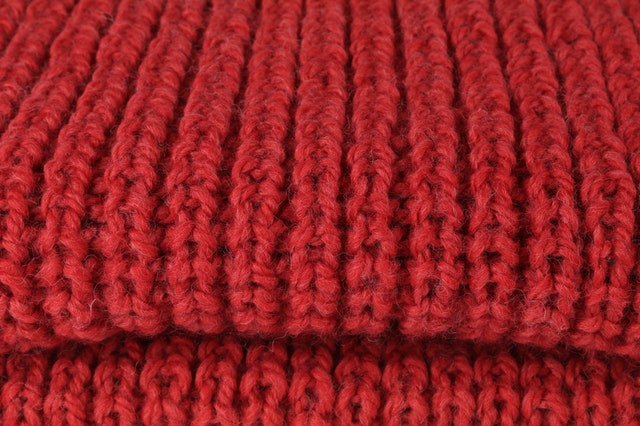
Regardless of how the materials, and methods of recycling used clothes have changed. One fact cannot be ignored: While the major fast fashion brands do their best to be environmentally friendly and sustainable, they are also frequently exposed for their quality.
Second Hand Clothing Self-rescue in the fashion world?
Thecla Schaeffer, G-star’s chief marketing officer, has said that if environmental concepts are to permeate the production process. Then every player in the supply chain – spinners and dyers, material and reagent specialists, even product designers – will need to change and adapt, and it won’t be easy. In her book “Overdressing: The High Cost of Affordable Fashion, ” the writer Elizabeth Cline,” published last year, also states.

“If the ‘Zara’s continue to expand in populous Asian countries, the number of garments consumed each year will increase geometrically, depleting the planet’s resources and not contributing much to the ecological improvement of the clothing production chain. It is also important to note that environmental protection itself is an irreversible trend.”
Second Hand Clothing Conclusion
However, it is the consumer who should be the real driver of environmental change by making fashion sustainable without being anti-fashion. While fast fashion is as fleeting as earthy, the real colors portrayed by slow fashion are closer to the real thing. In this way, recycling used clothes is more like a slow tune to fast fashion, soothing and long-lasting.
click here to know more


